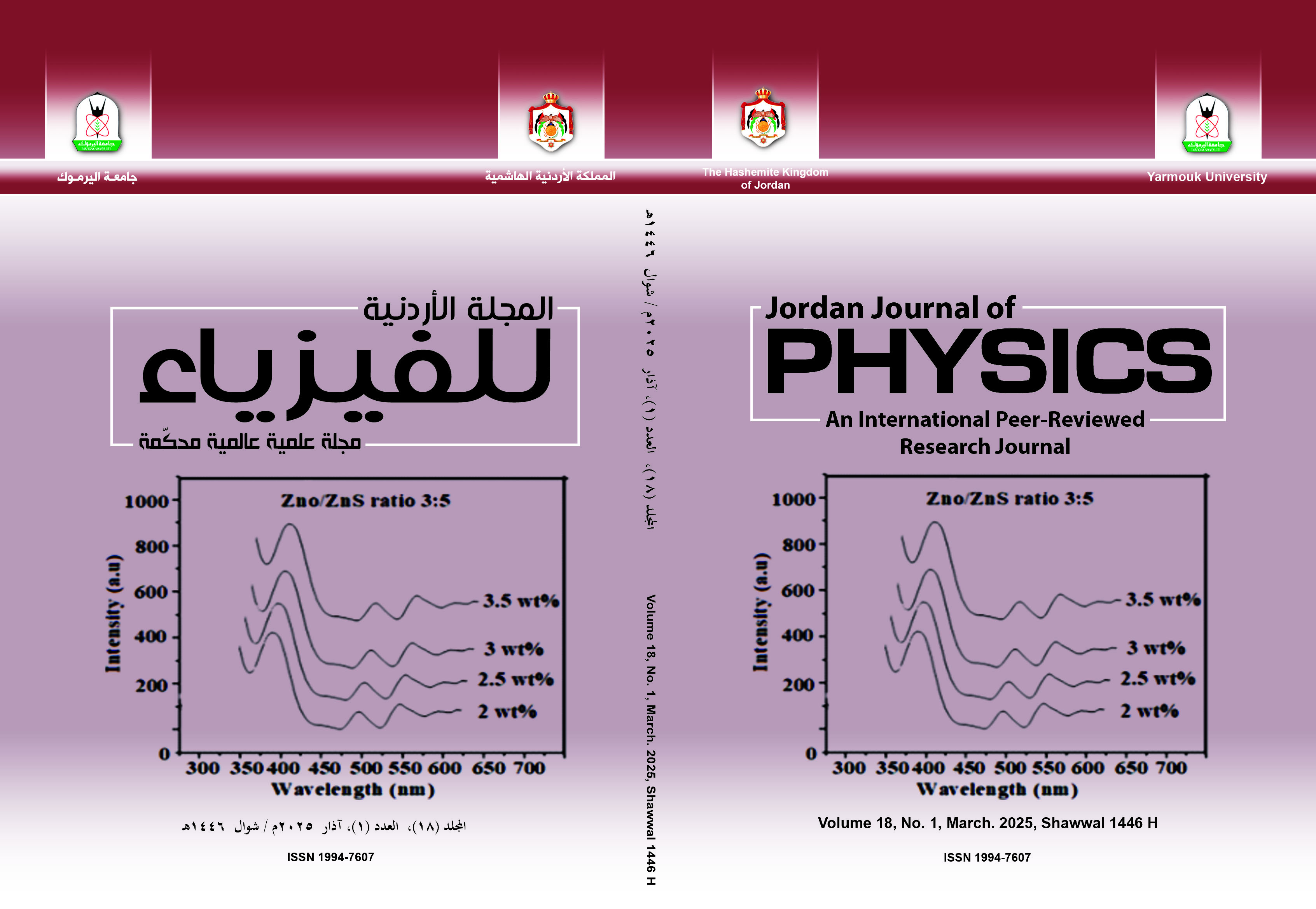Exploring the Relationship Linking the Radius and Potential Difference in Hemispherical Analyzer Energy
Keywords:
Hemispherical energy analyzer, Radius, Potential differenceAbstract
Abstract: The development of a hemispherical energy analyzer was a part of this research and study. The instrument was specifically designed to measure the kinetic energy of electrons inside the analyzer at various energies, while the electrons' initial kinetic energy was set to remain constant before they entered the analyzer. Different mean radius values were selected for the energy analyzer to explore their influence on its performance. The relationship between the mean radius and the potential difference within the analyzer was examined, revealing an inverse correlation. As the mean radius increased, the potential difference decreased. The performance of the analyzer was assessed based on the energy resolution achieved for each radius of the hemispherical energy analyzer. The potential difference within the analyzer decreased as the mean radius increased. In addition, in the comparison of the axial electric field values along the x-axis for different values of the mean radius, it was observed that the design with the lowest value of the central radius had the highest value of the electric field. This suggests an inverse relationship between the central radius and the electric field strength along the x-axis. Furthermore, a comparison was conducted on the axial electric potential profile values along the x-axis for different mean radius values, revealing that the design with the smallest central radius exhibited the highest electric potential.


